How to back up your VPS server with Google Drive

Let’s understand the importance of making a backup
It’s important to have a backup for several important reasons:
- Data loss protection: If a system error, malware attack or data corruption occurs, you could lose valuable information. Having a backup ensures that you can restore your data to a previous state.
- Disaster recovery: In the event of natural disasters, fires, floods or other catastrophic events, a backup is essential to recover your data and continue operating.
- Security against cyber attacks: With the increase in cyber attacks, having a backup can protect your data against ransomware and other types of attacks that aim to block access to your files.
- Maintaining business continuity: If you depend on data to operate your business or carry out your day-to-day activities, a backup ensures that you can continue to function even after incidents that could compromise your data.
- Preserving important data: Some information is critical and cannot be lost. A backup is essential to guarantee the preservation of this essential data.
Therefore, having a regularly updated and securely stored backup is a best practice for protecting your data and ensuring the continuity of your operations.
One of the alternatives to making a local backup for free is using Google Drive, which has 15 GB free and can be expanded according to your needs with some of the plans below.
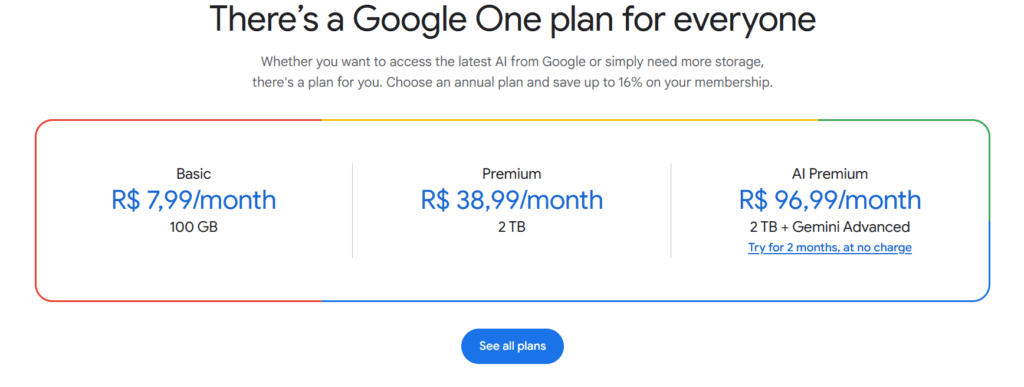
Para ter o backup primeiro vamos instalar o Google Drive na Vps com mostrado abaixo
download it from the Google Drive page
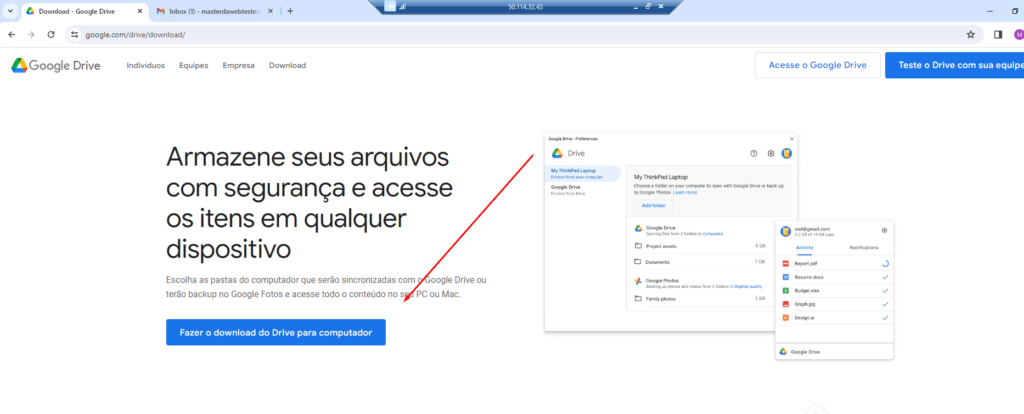
Install the downloaded file
Sign in with your Google account
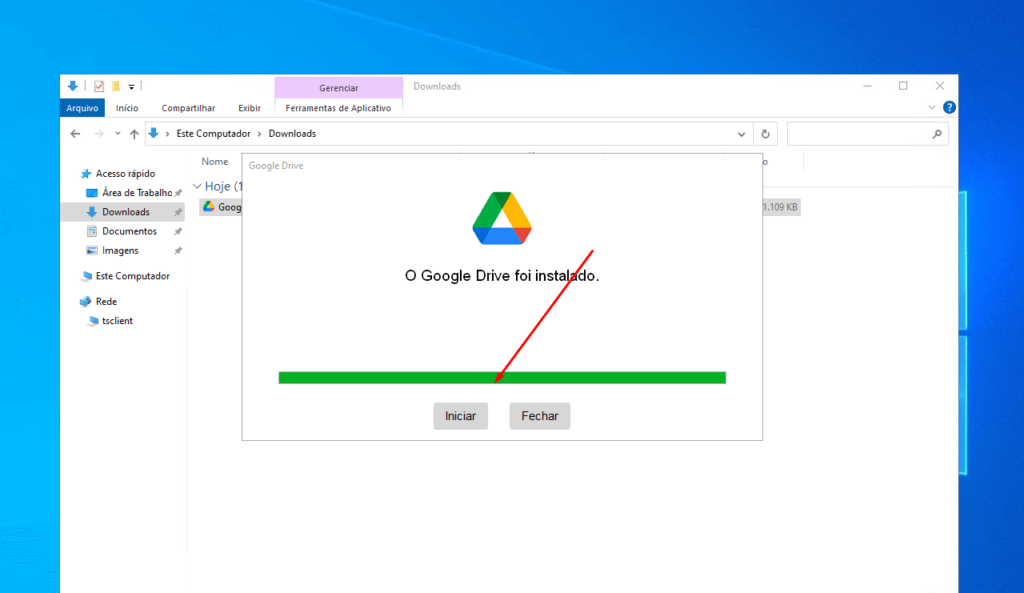
Here you can choose one of the folders, but we’re going to create one named “my backup” so you can skip this step shortly.
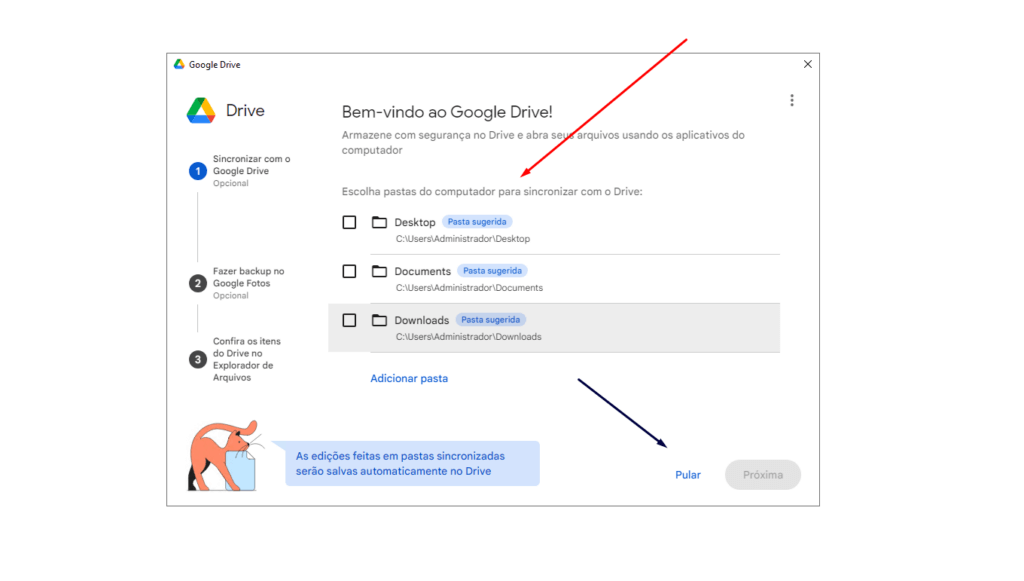
With Google Drive already installed, this is the icon you will see.
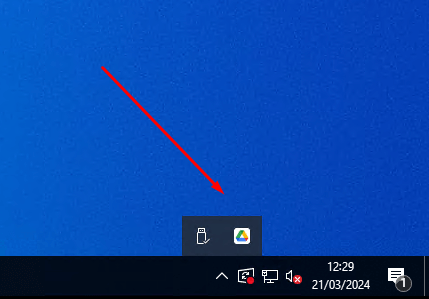
Create a folder with a name that interests you, here we have created “my backup”, right-click on synchronize.
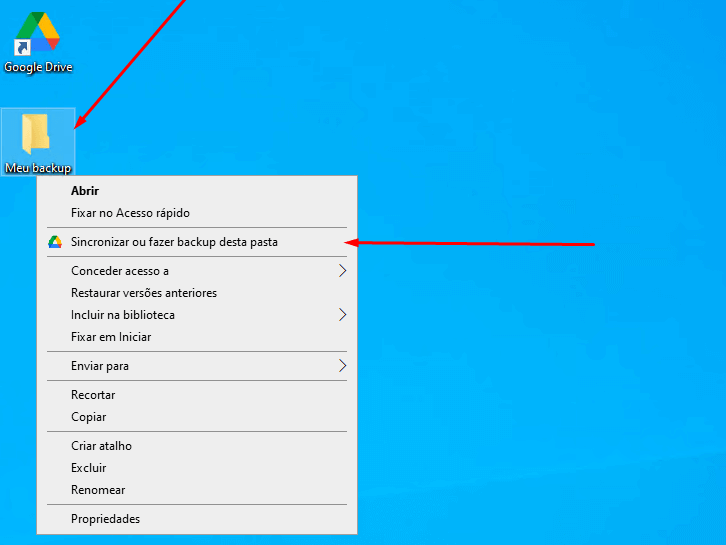
Your folder is now shared and you can access it from any browser where your Google account is registered.
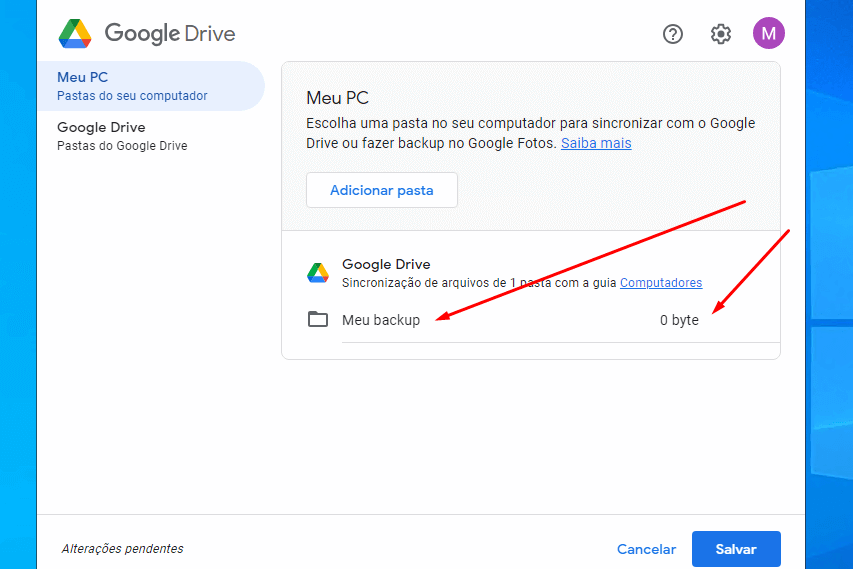
Let’s create a test file and as you can see it has already been copied to our backup.
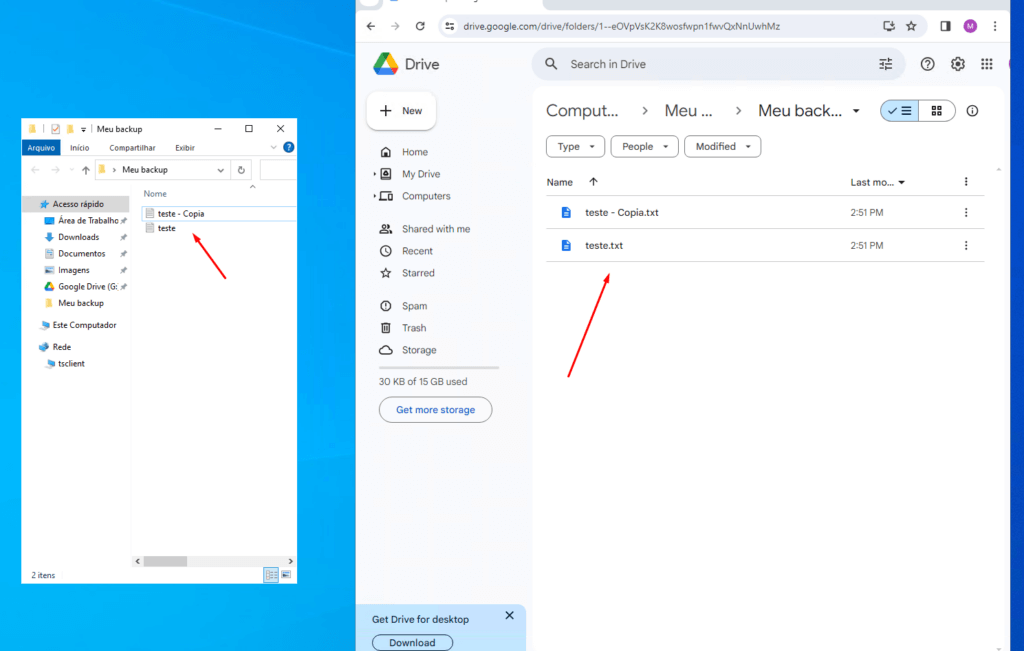
Synchronization takes place in real time. Every time a file in this folder is modified, it will be updated in Google Drive.
Now just do this for the folders you want to have in your (Drive).